LAS PERLAS ARCHIPELAGO: Photographing the Wild Islands of Panama

This archipelago was a beautiful surprise on our way to the Galapagos onboard the Coco de Mer. Many sailors starting in Panama City stop there shortly before the long voyage, but few spend more than a couple of days.
In 2016 Panama’s Tourism Authority and the Environment Ministry put in place a 10-year plan to turn the country into the regional leader as a nature destination, and Las Perlas is one of the top spots considered for the development of sustainable tourism. The islands are locally renown for humpback whale watching June through October, snorkeling, scuba diving, as well as pretty white sand beaches with crystal-clear waters. There are around 250 islands with just a few of them being inhabited. Isla Contadora, in the northern part of the archipelago, is just a 20-minute plane ride from Panama City and is therefore the main tourist spot, with nice white-sand beaches, hotels, restaurants and shops.
The archipelago was the set of several Survivor shows from around the world, as well as other adventure television series, all meant to test the skills of humans living in the harsh environment of deserted Pacific islands. The name Las Perlas, or "the pearls", was given to the islands by the Spanish when they encountered large stocks of this prized resource in the turquoise waters of the archipelago. Currently, the main environmental threat comes from plastic and garbage pollution brought in by the tides, littering the beaches of every island we visited.
We spent two days around the uninhabited Isla Chapera and made our way through patches of rainforest filled with an impressive amount of thorny plants and trees. The most remarkable of its residents were a species of iguana lizards that didn't seem to be bothered by our presence. On the other islands there are a few more fishing villages and lots of wilderness.
Though the waters around Contadora island receive their share of yachts from the mainland, the islands four hours further south by boat are magical. They look like a naturalist’s dream and feel worlds away from human touch. Once on land though the plastic reminds you that escaping humanity is not easy nowadays. Despite this problem, we’d still put them on a list of “off the beaten path” beautiful island destinations. On Isla del Rey, the largest island in the archipelago and with a small human population living on it, we hiked up the pristine Cacique tidal river. We were surrounded by mangroves, herons, egrets and schools of fish. If you’re sailing south to the Galapagos or to other destinations, or are looking for a weekend escape by boat from Panama City, Las Perlas deserves its spot on the list of choices. Below is a selection of photos in which we tried to capture the beauty and remoteness of the islands.

A mild example of the thorny trees on Isla Chapera


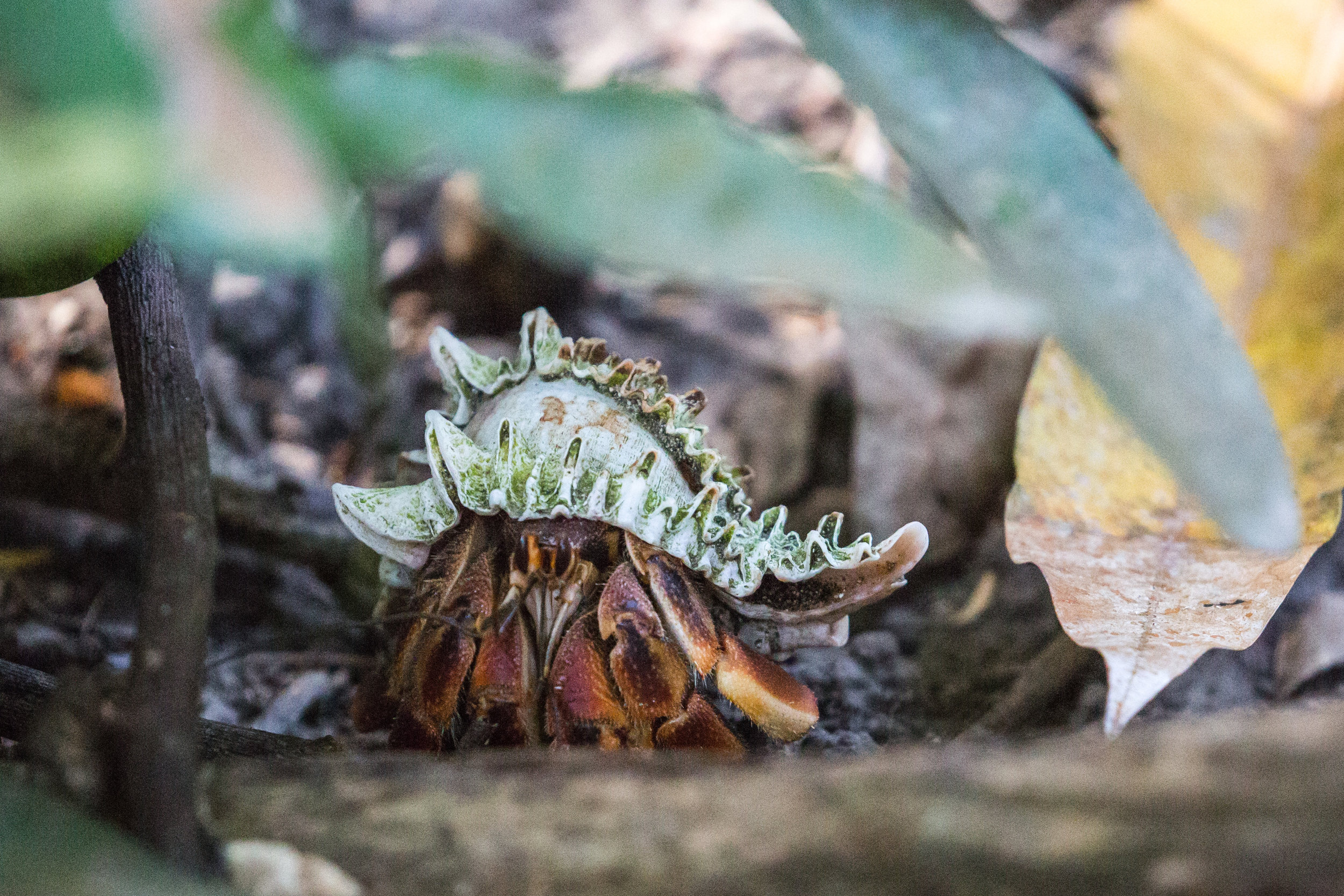


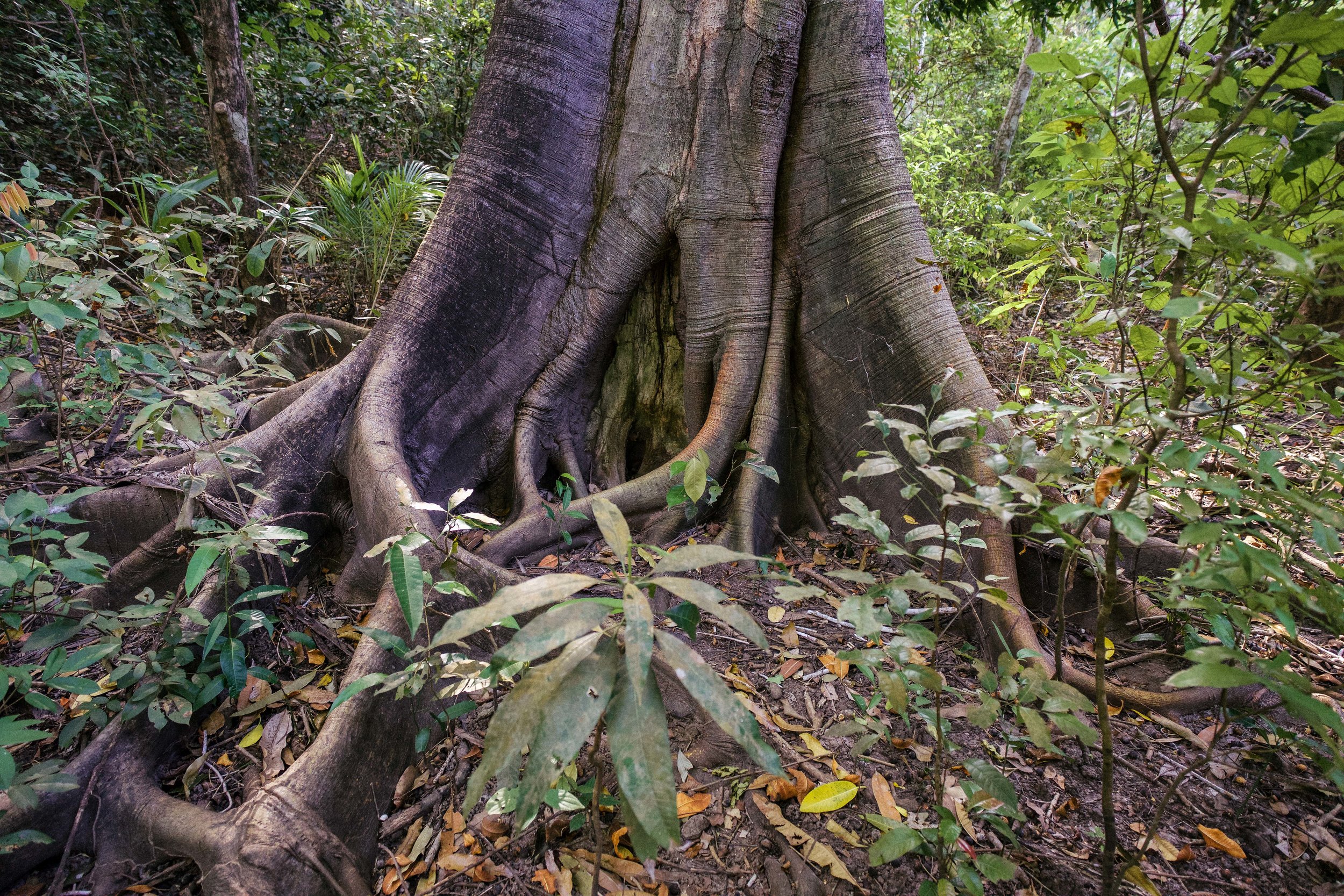

A Yellow-headed caracara on Isla del Rey





A Tropical kingbird — Isla Chapera

Forest canopy on Isla Chapera


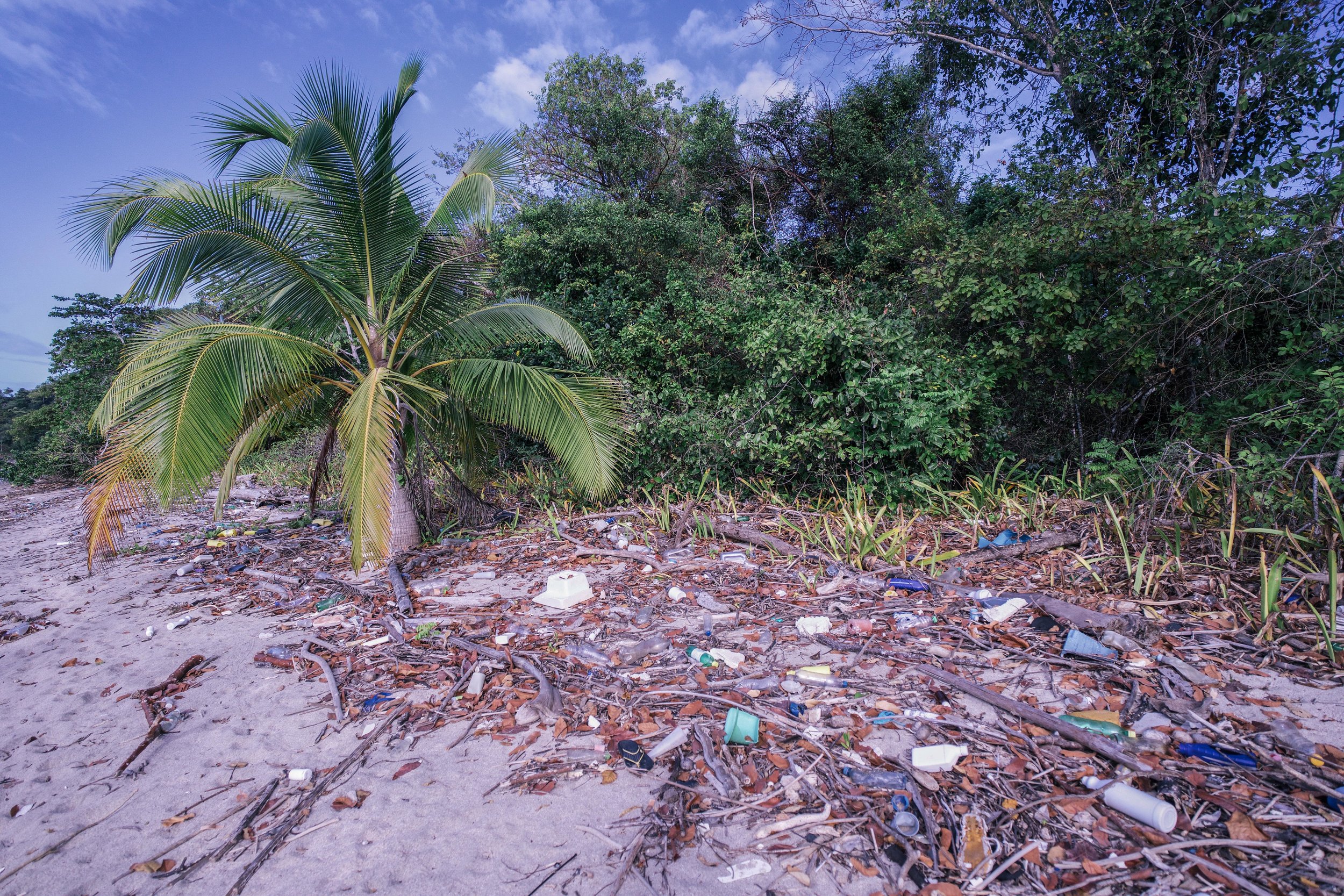
A collection of photographs of the amazing wildlife of Gunung Leuser National Park on the Indonesian island of Sumatra, part of the much larger Leuser Ecosystem — the last place on Earth where Sumatran orangutans, tigers, rhinos, and elephants still exist, alongside thousands of other impressive species.
A selection of photographs from one of the best scuba diving and snorkeling spots on the planet: Raja Ampat Marine Park in Indonesia. This is the beating heart of the Coral Triangle, a place of confluence for ocean currents rich in nutrients which attract hundreds of species of fish, whales, dolphins, and mantas, all among the largest diversity of corals.
The Sian Ka'an Biosphere Reserve and UNESCO World Heritage Site, and the neighboring Maya Ka'an region more to the interior of the Yucatan Peninsula offer a different kind of tourism, compared to many of the populated coastlines. The photos below were taken during a week of visiting Maya Ka'an and the Sian Ka'an Biosphere Reserve.
A selection of photos taken while hiking along the Te Araroa, capturing the natural beauty encountered along this 3,000 km trail which crosses the entire length of New Zealand.
Recommendations on visiting Bears Ears National Monument in Utah, with a selection of photographs to give you a glimpse into the beauty of these wild and historic lands.
A collection of photographs accompanied by text to capture the beauty of the lands protected by what was one of the largest national monuments in the US.
Gold Butte National Monument protects a landscape of intricate geology and history, where nature and humans have created true works of art. An interview with Jaina Moan, Executive Director of Friends of Gold Butte, and a photo essay capturing the beauty this landscape.
Located in the southeastern corner of California, the Mojave Trails National Monument is an endless expanse of rugged, beautiful landscapes. At the core of its designation as a national monument lies the largest private land donation in the US history.
"When you go to Basin and Range you have to think about that notion of sitting on a beach and looking out at the ocean (...) it’s that same kind of serene feeling, similar to sitting on the prairie and looking at its vastness." Interview with Jim Boone, coordinator of efforts to create a local support group for the new national monument.
A summary of some essential facts that need to be known in a conversation regarding national monuments in the US, in the context of the presidential review.
Tucked between the Caliente Range and the Temblor Range lies a unique ecosystem. Most of California's San Joaquin Valley's grasslands have been converted to industrial, agricultural, or urban use - but the Carrizo Plain National Monument is a safe haven for grasses and wildflowers, harboring unique species and bringing visitors from around the world during years when the conditions are just right to cause an explosion of color during the occasional super bloom. In fact, it is the largest single native grassland remaining in California.
Stretching across seven counties, the Berryessa Snow Mountain National Monument is an incredibly diverse conservation land in northern California. Despite its beauty, we found that it remains mostly unknown among locals and visitors to the region alike.
A collection of photos from New Mexico's Organ Mountains-Desert Peaks National Monument and Rio Grande del Norte National Monument.
It is often the jaw-dropping mountains, untouched fiords, hanging glaciers, and pristine forests that bring us to the remote land of Chilean Patagonia; but the wildlife that lives here can be just as impressive.
“We created the space needed for the recuperation of native species. It gave them the chance to repopulate the space they had lost with the arrival of livestock." Interview with Conservacion Patagonica's Director of Conservation, Cristián Saucedo Gálvez.
Staring at these microscopic organisms for days, I found them to be creators of complex beauty, geometry and art. Discovering the diversity of shapes and colors, their juxtaposition, their patterns and textures was always a surprise.
In Spanish “paciencia” means patience. It was a first taste of Tierra del Fuego. If Patagonia itself is a challenge, its southern regions raise the bar even higher. And with that come incredible rewards.
We were greeted by pristine, blue and shallow waters filled with marine life, while the unpaved streets of the town promised a more quiet experience than the one on San Cristóbal or Santa Cruz.
Visiting the Santa Cruz Island with its budget-friendly options, conservation hot-spots and the incredible day trip to the Seymour Norte island.
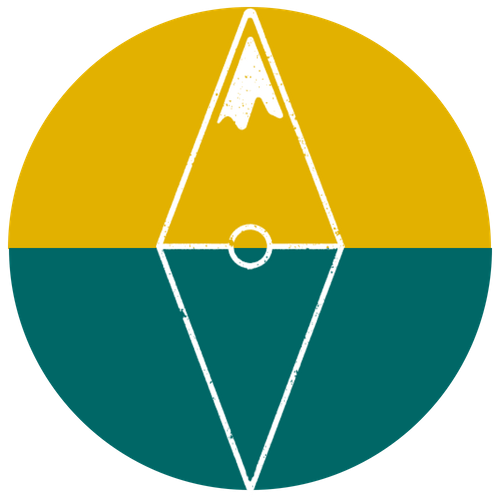




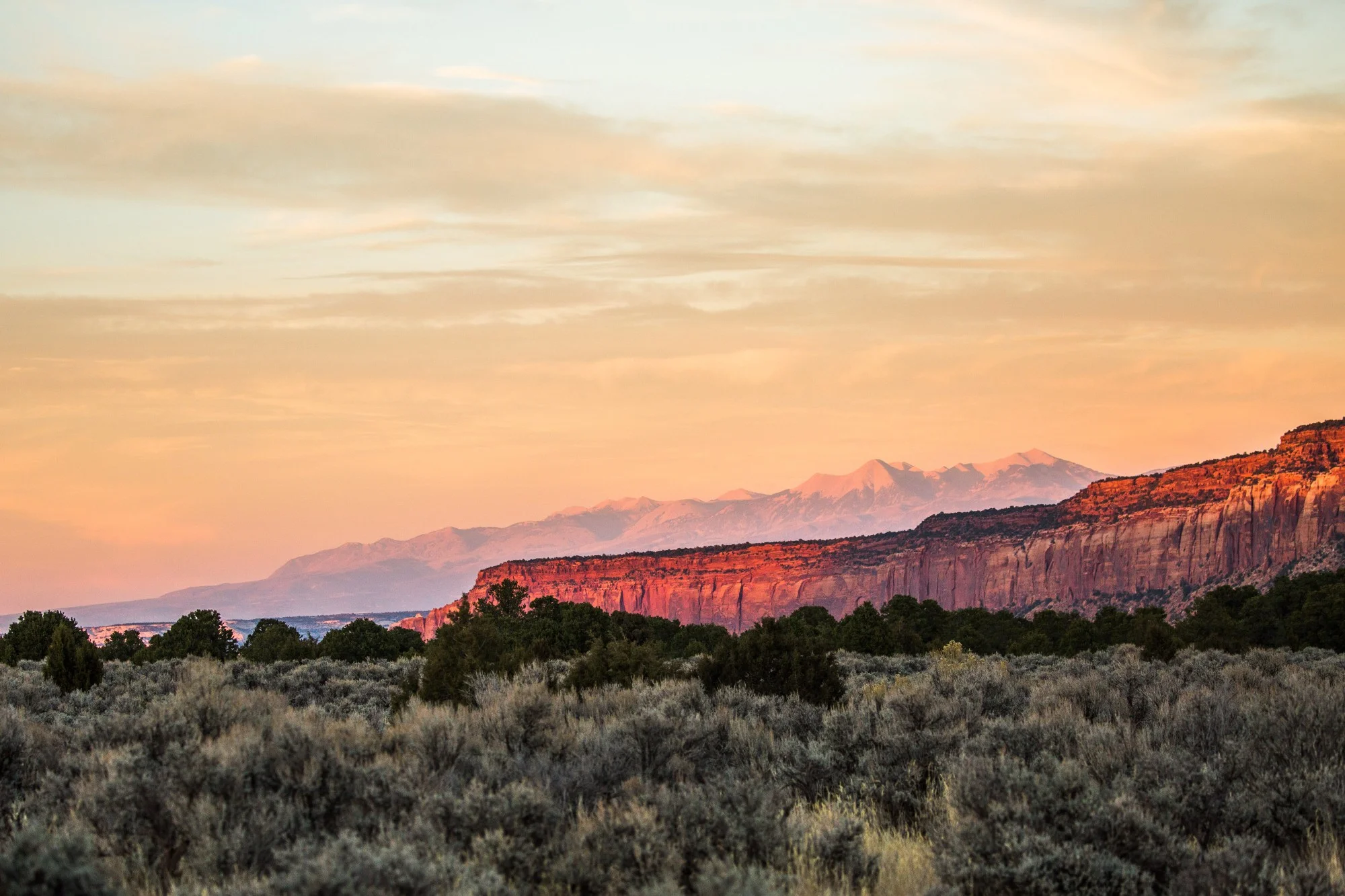














In the Iberá wetlands of northern Argentina lies an incredibly biodiverse ecosystem. In this inspiring interview with Kris Tompkins, she tells the story of how her organization, Tompkins Conservation, has worked to restore and rewild the land, bringing back extirpated species and involving local communities in the conservation of what is now one of the largest protected areas in Argentina. Listen to her story and travel from home to this beautiful and remote corner of the planet where wildlife has been returning in large numbers.